Build-A-Rig Round 1: The $1500 PCs and Interviews from Corsair and Zotac
by Ian Cutress on July 8, 2015 5:15 PM EST- Posted in
- Build-A-Rig
- Corsair
- ZOTAC
- Interview
Corsair's 'The Accelerator'
When Dustin from Corsair sent me his build, it was clearly obvious where the focus was. While $1500 is a relatively large budget for a system, when you put in the high value components it starts to get tricky where the rest of the budget should be spent, and sometimes compromises have to be made. As Dustin says in his interview, the build is designed for 4K single monitor gaming, and it clearly shows.
| Corsair's 'The Accelerator' | |||
| Component | Selection | Price as Chosen |
90-Day Average |
| Processor (CPU) | Intel Core i5-4690K | $239.99 | $237.62 |
| Motherboard | GIGABYTE GA-Z97-HD3 | $89.99 | $97.99 |
| Graphics Cards (GPU) | Zotac GTX 980 Ti | $649.99 | $649.99 |
| Memory (DRAM) | Corsair Vengeance Pro 2x8GB DDR3-1866 C9 |
$104.99 | $118.36 |
| Storage (SSD/HDD) | Corsair Force LS 240 GB SSD | $94.99 | $99.51 |
| Power Supply (PSU) | Corsair CS650M Gold | $94.99 | $94.99 |
| Chassis | Corsair Carbide 200R | $59.99 | $59.99 |
| CPU Cooling | Corsair Hydro H60 | $64.99 | $64.33 |
| Operating System | Windows 8.1 64-bit OEM | $99.99 | $99.99 |
| Extras | None | ||
| Total | $1,499.91 | $1,522.77 | |
Processor (CPU) – Intel Core i5-4690K ($240)
In Intel’s processor line, the K branded models are those designed for overclocking. They cost a little bit extra, but with the right cooling can be pushed a few hundred MHz higher. The Core i5-4690K is the Devil’s Canyon quad core model without hyperthreading (the i7 has HT, but costs extra), but I often chosen as the processor that fits on the price/performance boundary for many Intel focused builds.
Motherboard – GIGABYTE GA-Z97-HD3 ($90, total so far $330)
The Z97-HD3 comprises of two factors here. The Z97 is the overclocking chipset, meaning that it fits in well with the overclocking processor. The HD3 is part of GIGABYTE’s channel range, aimed at bulk build systems but still aims to retain GIGABYTE’s level of options (such as Dual BIOS and Realtek ALC1150 audio) at a lower price point. Looking at the build as a whole, it is clear that this is an area where cost was perhaps saved in order to get the price down, otherwise one of GIGABYTE’s OC models might have been on the cards.
Graphics Cards – Zotac GTX 980 Ti ($650, total so far $980)
At almost half the cost of the whole machine, Dustin from Corsair has plumped straight for NVIDIA’s recently released high end performer aimed at 4K gaming. In an element of camaraderie, here we have Zotac’s base version of the card but it represents the core element of the system. Matched with an overclocked i5 and all in for a $1500 price point is perhaps a level of epic specification prodding, although only if the rest of the system can withstand it. The Zotac GTX 980 Ti sits with 2816 CUDA Cores on large Maxwell at 1000/1076 MHz on the core, 6GB of GDDR5 at 7010 (effective) MHz and the stock cooler.
Memory – Corsair Vengeance Pro 16GB (2x8GB) DDR3-1866 ($105, total so far $1085)
For a dual channel platform, Z97 needs at least two memory modules to achieve full memory bandwidth. The dual channel kit here is not the best and brightest, but it does represent a small increase over the base speed (1600 MHz) and for 99% of users, the 16GB amount should be more than enough.
Storage – Corsair Force LS 240GB ($95, total so far $1180)
The sole drive in the system is Corsair’s 240GB budget range drive, featuring the Phison PS3108 controller which Kristian reviewed here. In most cases, especially in 2015, one of the biggest upgrades a system could have is an SSD. Now we are over the initial entry period where some early models had performance issues, almost everything from the big brands should feel speedy. There is still a performance delta between the mid-range and the high-end, as well as some differentiation in utilities or specific features, but for a $1500 build, the SSD should still be a de-facto add.
Power Supply – Corsair CSM Series 650W CS650M 80PLUS Gold ($95, total so far $1275)
In most systems the big power sources are the CPU and the graphics card. For this build, the CPU sits at a TDP of 88W with the GPU at 250W. If we consider that the rest of the system adds on a small amount (~50W), and that we might use some extra power with an overclock (+25%), then 650W is well within the margin for the components used. As we’ll see in the interview in the next page, Corsair is very confident in their power supplies, even ones sitting in the mid-range of their product lines, to power 4K gaming builds.
Chassis – Corsair Carbide Series 200R ($60, total so far $1335)
You may be noticing a pattern here – in order to fit both the i5 and the GTX 980 Ti into the system, Corsair is having to use their entry and mid-range components in order to match the pricing. The 200R here is admittedly a low margin but higher volume product for Corsair, and at $60 we don’t see any aluminium for example. However, Corsair still retains that even their entry level components are suitable for gaming builds of this caliber.
CPU Cooling – Corsair Hydro Series H60 ($65, total so far $1400)
With CPU cooling there is obviously two ways where most companies will go: large air coolers or closed loop liquid coolers (CLLCs). There are a number of vocal detractors from CLLCs, focusing on their cost, design or even concept altogether. Corsair is head first into the CLLC market, meaning it was pretty obvious which direction they would choose. The H60 is another mid-range component, featuring a double-width 12cm single radiator with fans.
Operating System – Microsoft Windows 8.1 64-bit OEM ($100, total so far $1500)
Windows 10 is around the corner, so at this point Windows 8.1 is the defacto choice unless for some reason the builder went with a gaming system built on Linux. This is the OEM edition, meaning limited support, but it will still be viable for an upgrade to Windows 10 when the time comes.
| Corsair's 'The Accelerator' | |||
| Component | Selection | Price as Chosen |
90-Day Average |
| Processor (CPU) | Intel Core i5-4690K | $239.99 | $237.62 |
| Motherboard | GIGABYTE GA-Z97-HD3 | $89.99 | $97.99 |
| Graphics Cards (GPU) | Zotac GTX 980 Ti | $649.99 | $649.99 |
| Memory (DRAM) | Corsair Vengeance Pro 2x8GB DDR3-1866 C9 |
$104.99 | $118.36 |
| Storage (SSD/HDD) | Corsair Force LS 240 GB SSD | $94.99 | $99.51 |
| Power Supply (PSU) | Corsair CS650M Gold | $94.99 | $94.99 |
| Chassis | Corsair Carbide 200R | $59.99 | $59.99 |
| CPU Cooling | Corsair Hydro H60 | $64.99 | $64.33 |
| Operating System | Windows 8.1 64-bit OEM | $99.99 | $99.99 |
| Extras | None | ||
| Total | $1,499.91 | $1,522.77 | |
There are many philosophies regarding building a PC, particularly a gaming PC. Some say that focusing on one high profile component and building the system around it means that when it comes time for an upgrade the user can then spend on the lowest performing part each time before cycling around the system. Others suggest making the system a level playing field, so no one part is left behind acting as a severe bottleneck. With gaming, GPU performance matters, with CPU performance (particularly threads in newer titles) being a key aspect as well. This has perhaps left the rest of the system fighting over scraps, albeit with potential upgrade opportunities in the future. Though one might argue that aesthetics should also be an important aspect, especially on a $1500 build. Some will prefer the muted choice of parts, although others may want something a little more obvious. For that, it is clear that some performance sacrifices might have to be made.


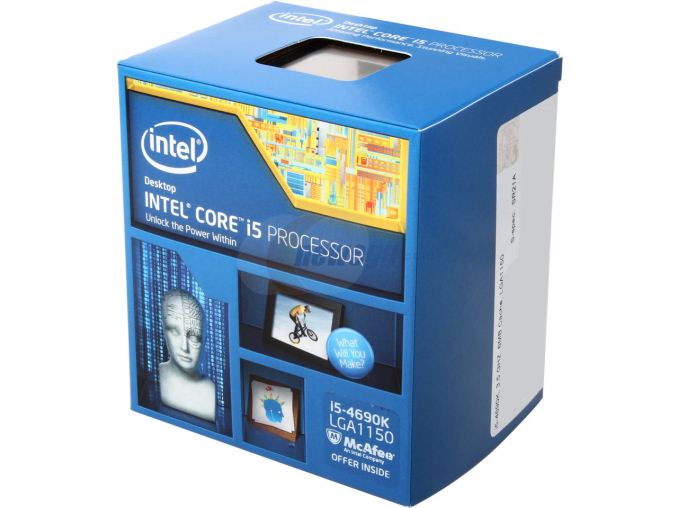
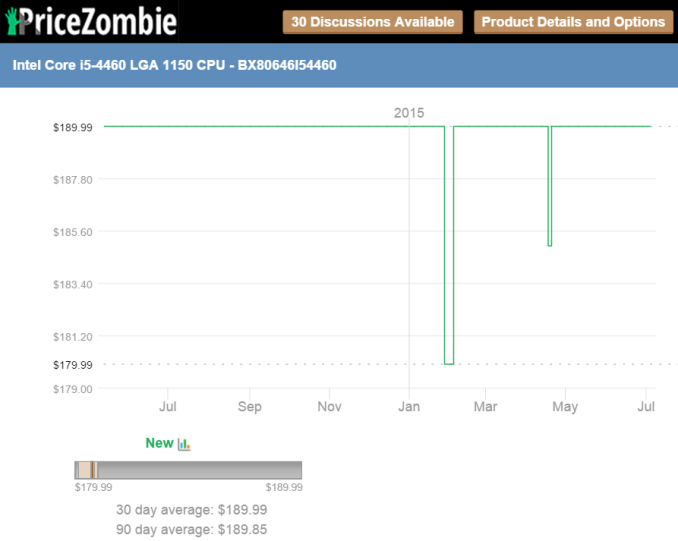
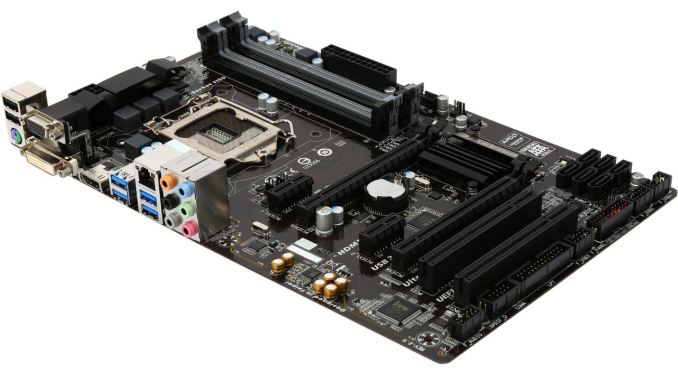
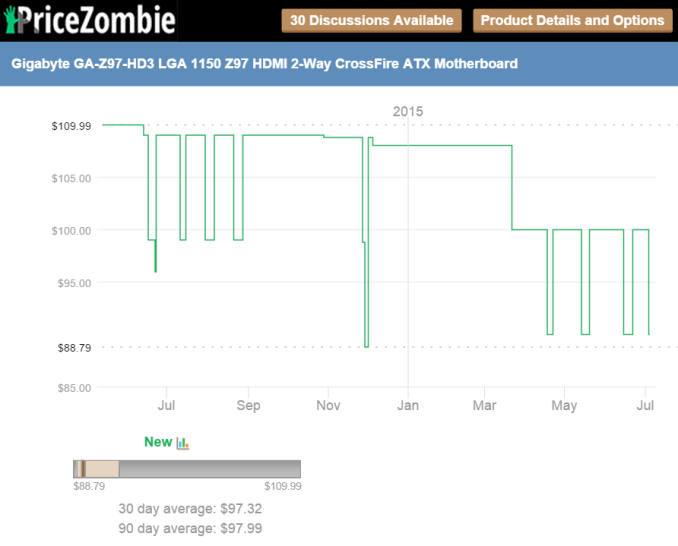
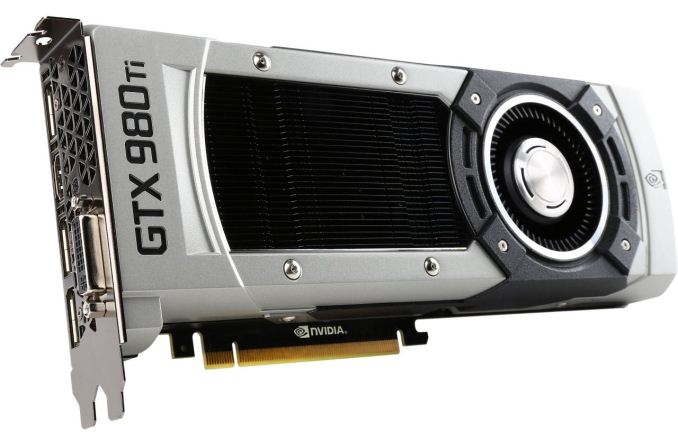
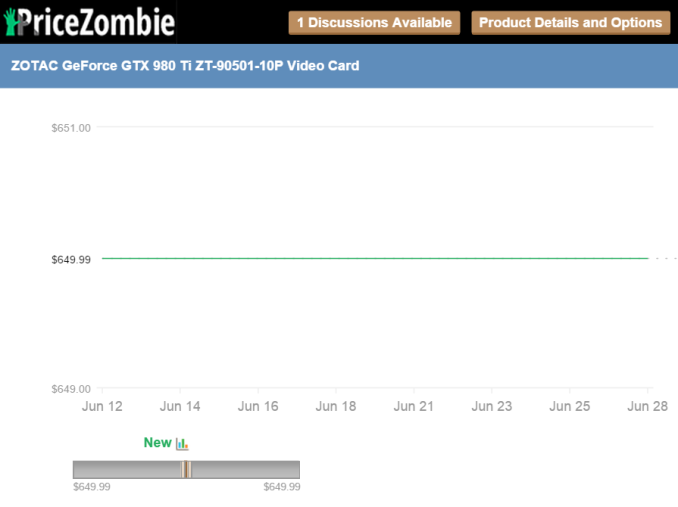
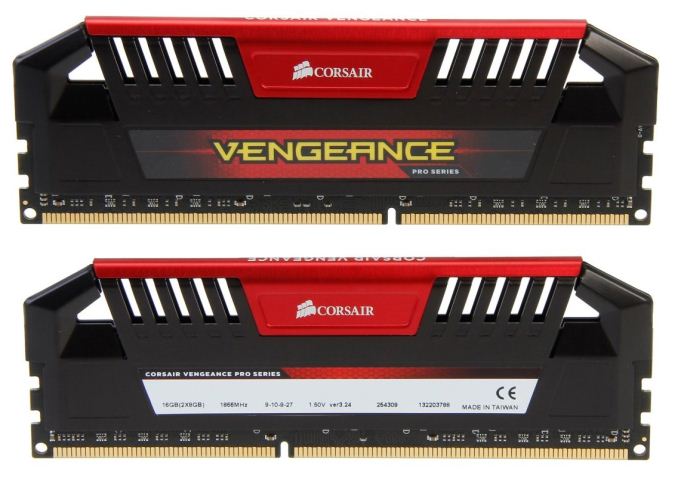
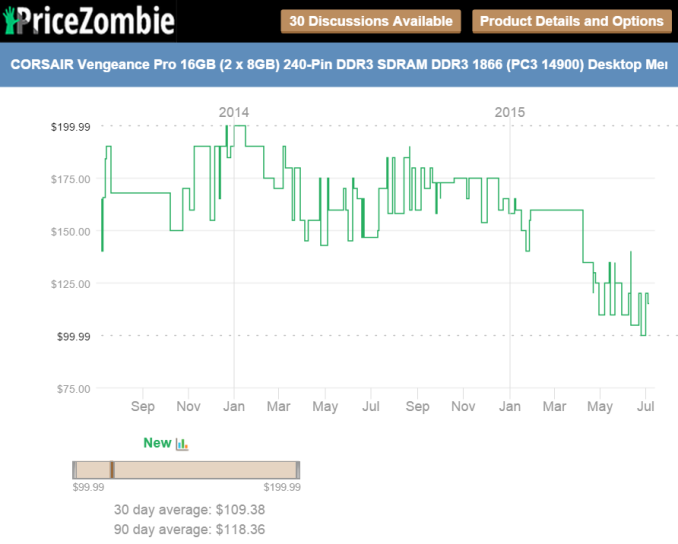
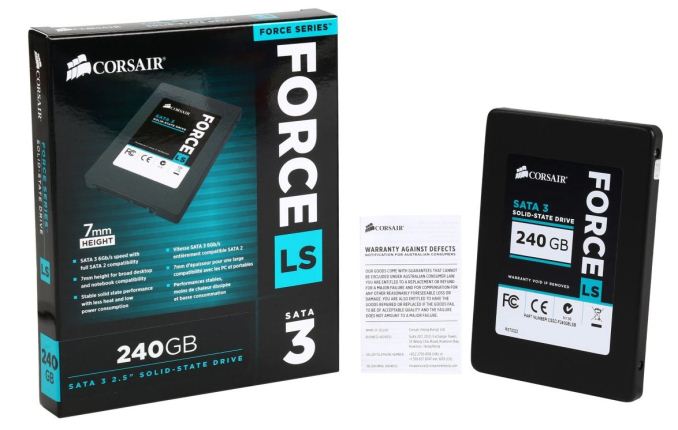
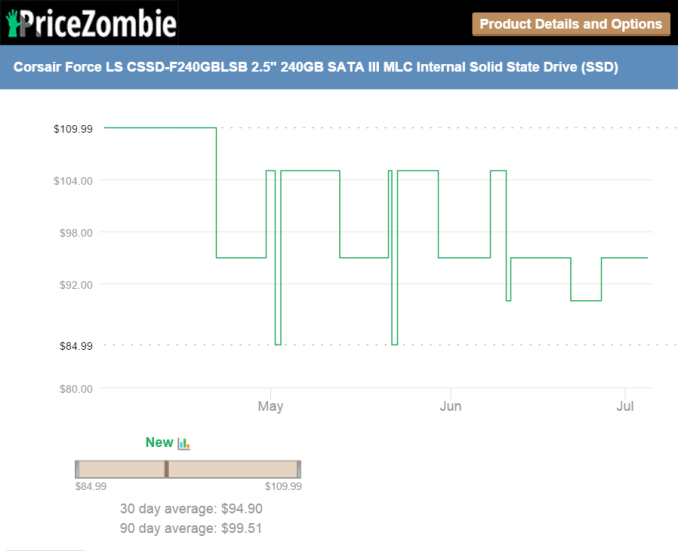
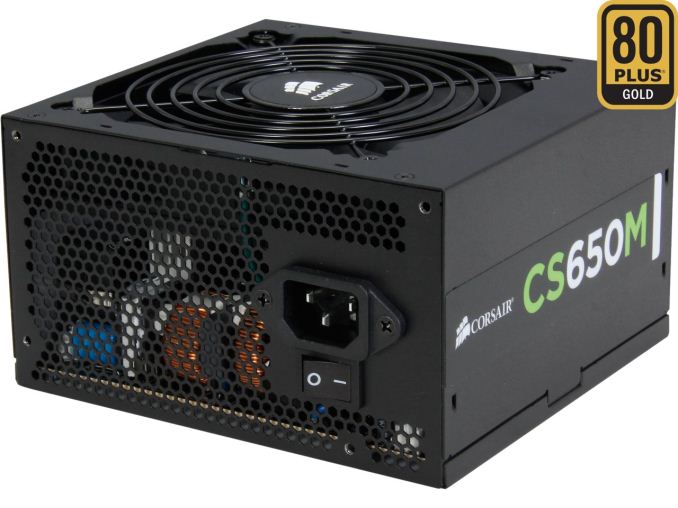
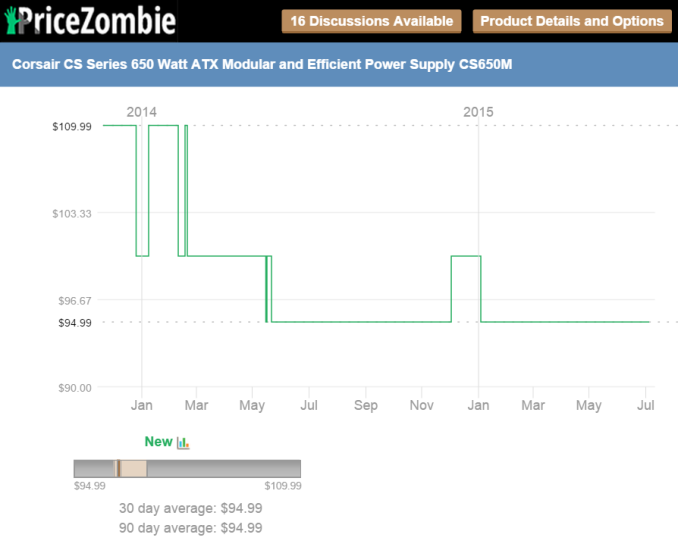
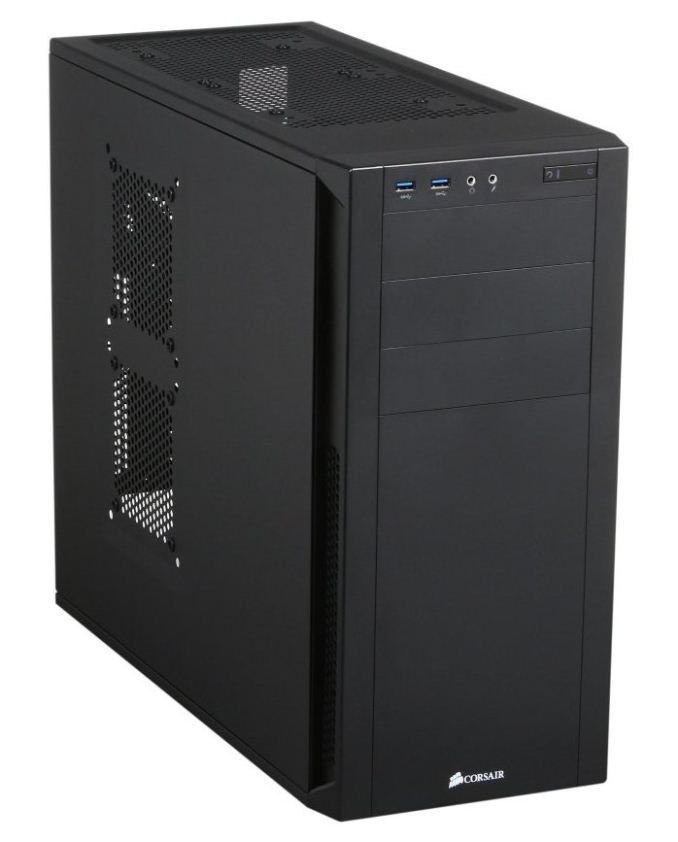
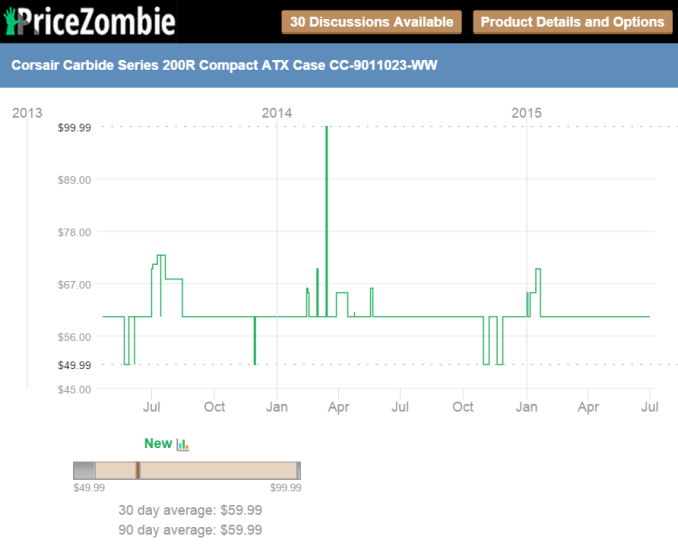
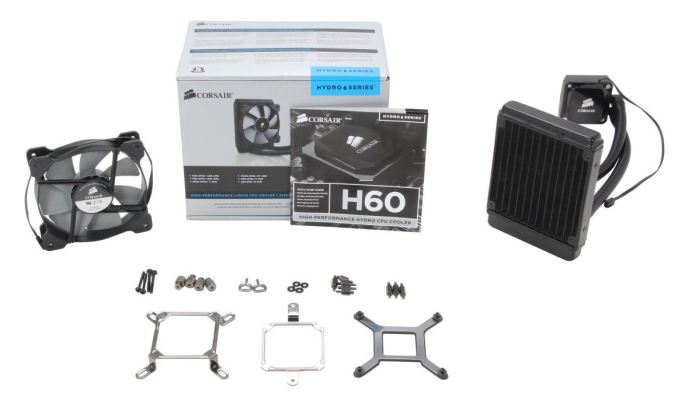
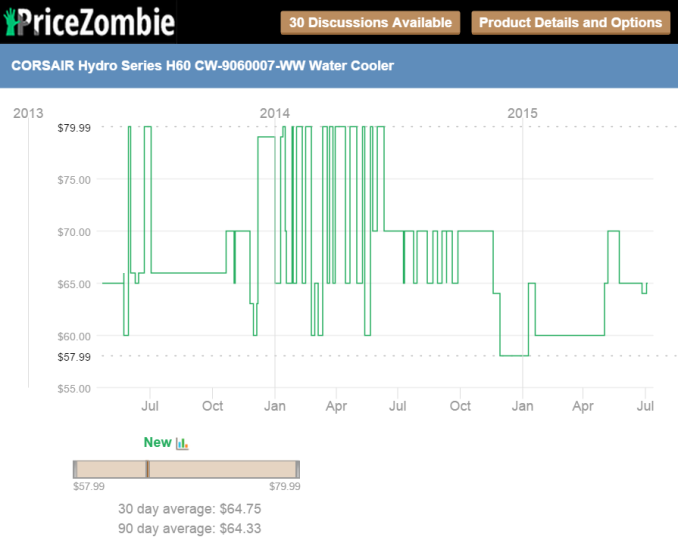
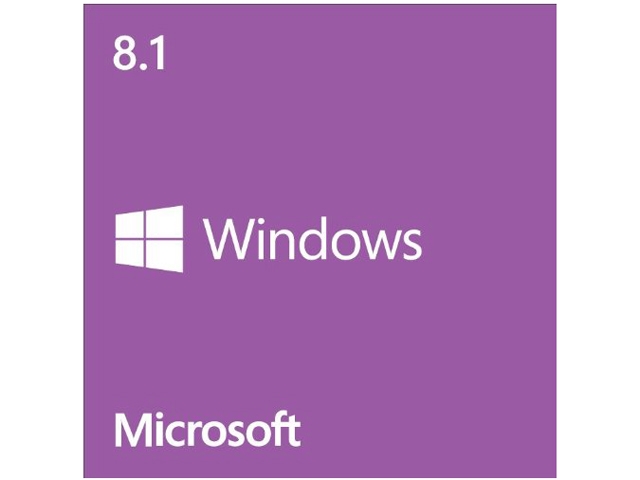
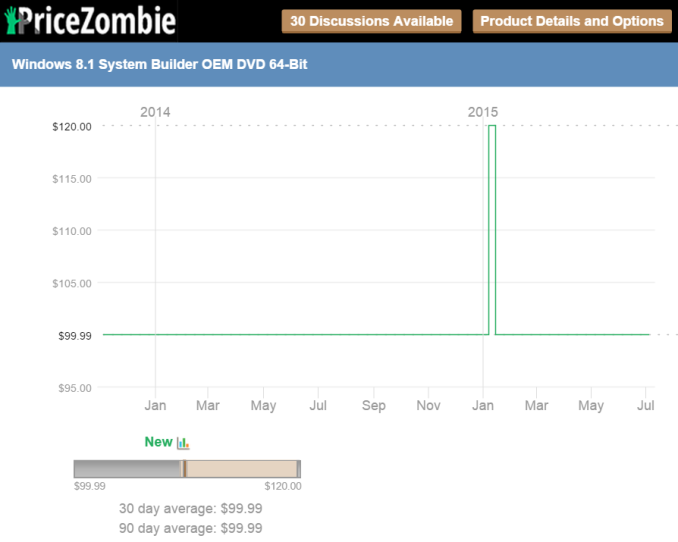














117 Comments
View All Comments
etamin - Wednesday, July 8, 2015 - link
sorry for the typos, I didn't proofread.Dustin Sklavos - Wednesday, July 8, 2015 - link
The CS power supply is actually pretty beastly. My department keeps track of user feedback on major vendor sites, reporting when people have problems, and it's *extremely* rare to hear someone having an issue with a CS.The CPU cooler, I'll grant something else might've been a bit quieter. But - and this ties into the motherboard decision - the i5-4690K just isn't a hot, power-hungry chip. The only time heat becomes an issue on that processor is when you're pushing the voltage higher than is safe for the chip in the first place. By the same token, the motherboard has passive cooling on the power delivery, and most boards are grossly overspecced on that front anyhow. The FIVR in Haswell and the clean power from the CSM both heavily mitigate the need for boatloads of high end power delivery on the board. I'd trust it.
That said, I've also internally tested our liquid coolers against competing high end air coolers, and the H80i GT's cooling perf basically starts where air coolers stop. And if I can cool a Titan X with an H55 (and I can, and I have), the comparatively inexpensive H60 is the right choice for the CPU cooler.
Also, I do agree with Chinny and Buu's tack towards aesthetics, which I deprecated in favor of raw performance. I'm happy that the two systems aren't really directly comparable, that they both take different routes to get to the same destination.
etamin - Thursday, July 9, 2015 - link
You're right that the 4670k is a "relatively not hot/power-hungry chip." But the question then becomes, how much OC can you get out of it on that particular board. I'm guessing we'll see with the upcoming review, but I'm more concerned about long term power quality and stability supplied by that board. Unfortunately, the OC longevity can't be proven by anyone, and that's why I would be hesitant to be the guinea pig.I must admit I have not used any AIOs since the original H80/H70 since the Noctua NH-D14 prices have been very attractive for a while now. Another reason I am averse to AIOs is the radiator is they are difficult to clean when clogged with dust (again, attention to case filters and long term maintenance), and they dont free up as easily when blown out with air.
The CS power supplies do have many positive user reviews. But please please keep in mind that Corsair is among the most, if not THE most, hyped component/peripheral brands out there. I'm sure you're aware of this. This is made possible by Corsair covering more component/peripheral markets than anyone else, expanding when a successful product gains a foothold in each segment. Many first time builders choose Corsair because of forum advice given out by other inexperienced builders who have tried nothing but Corsair, and the snowball effect continues.
No offense to Corsair as I do like some of their products as mentioned earlier, but I would think that much of the positive feedback is made by fanboys. The CS PSUs as a series is rated rather average across the PSU review sites I trust, and to me, the 3 year warranty is confirmation of that. For a 980 Ti, I think a step up is justified.
etamin - Thursday, July 9, 2015 - link
Sorry Dustin I don't mean to come off as abrasive toward you or your company. You are certainly more knowledgeable than I ever will be when it comes to computers (my work has nothing to do with computers although I have often thought about case and peripheral design for the fun of it).I wanted to add that I really did enjoy the article, I think it's a breath of fresh air for AT in a long while. The interviews made the builds a lot more interesting and relevant to those of us without an immediate need for a new system. It reminds me of the days when I read MaximumPC (the physical magazine) before I even knew the difference between memory and storage hehe
Dustin Sklavos - Thursday, July 9, 2015 - link
You didn't come off as abrasive and your perceptions are valid.I'd like to think we've earned the fans we have, but I'm keen to point out that people are a bit more likely to leave a negative review than a positive one, especially when it comes to PSUs, which aren't especially sexy products. We sell an absolute mountain of power supplies, more than coolers or cases, but the cases and coolers will often get more reviews because there's more to discuss. A PSU, by and large works or doesn't. So I do see what you're saying.
The 3-year warranty is a totally fair complaint.
I appreciate the respectful engagement. I continually worry about coming off like a PRobot and mentioned that as much to Ian, but the honest truth is the guys designing this stuff are eating their own dog food. I see how the sausage is made and by and large it's pretty good sausage.
BuuLy - Wednesday, July 8, 2015 - link
Hi Dustin! Chinny! and all the commenters. This article is pretty active and that's really awesome because we had some fun putting it together. Both builds are great and I'd take and use any of them any day. Even better that even some of you are even taking the challenge to configuring your own build.DPUser - Wednesday, July 8, 2015 - link
Love the sprit and camaraderie exhibited here… thanks Dustin and Chinny!TheHolyLancer - Thursday, July 9, 2015 - link
I actually built something similar for my friend.http://pcpartpicker.com/p/jGCgjX
Namely, he does not OC that much, so the basic one where we can play with bclk or leaving it stock is fine.
Then picked an evga 980 ti ACX 2.0 superclock, again not so much OCer, but with just the basic cooling from acx 2.0 it is rock solid and can hit 1500 core if he is lucky.
Cheapest memory, case, mobo that had some features and mixed storage of SSD + hdd.
Then I made sure to pick a nice 80+ plat 650W psu to power this relatively hungry setup.
chlamchowder - Thursday, July 9, 2015 - link
I like Dustin's build, except for only having a 240 GB SSD. Game installs take ridiculous amounts of space. Zotac's 500 GB drive is a lot better in that respect. It'd be painful, but I'd drop down from the i5-4960k + H60 to an i5-4460 + stock cooler and give up overclocking for a bigger SSD.I also question the value of using DDR3-1866 vs DDR3-1600 in both builds.
zodiacfml - Thursday, July 9, 2015 - link
Nice addition to Anandtech. While this is the first episode, I would like to suggest things.Since there would be too many options and intentions, it seems better if we could specify the requirements so that contestants will have some direction. To iterate, when we build something for a user, we ask for the usage and desires together with the budget.
Will it be for gaming, workstation, or both? HTPC? Servers? Virtual Machines? Huge storage? Which applications and games?
Additionally, I believe that resolution and refresh rates should be set, RAM and storage size. In gaming, specify which games and image quality settings are compulsory for the build. It is up to the contestant to research and test the build for these games depending on their priorities.